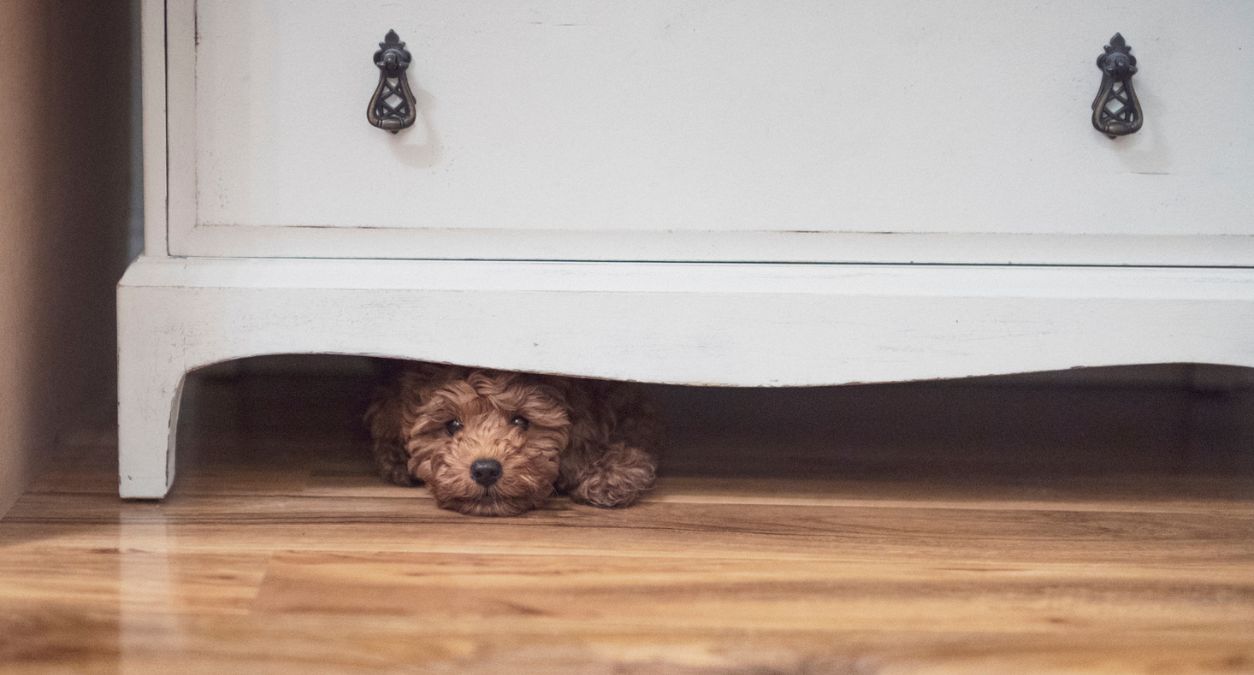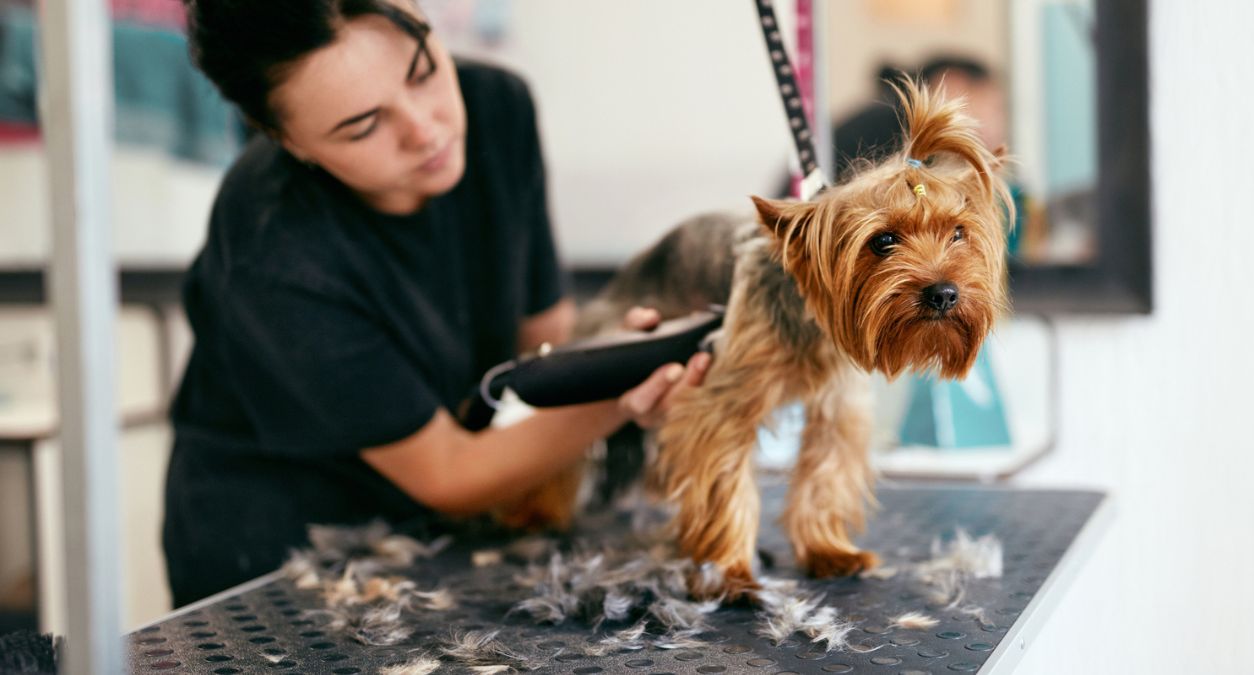Table of contents
Table of contents
How do you know if an event you worked so hard on was a well-attended, successful event? Here are five fool proof ways to monitor how well your event went. Some of these things should be built ahead of time, so do ensure feedback and tracking strategies are a component of your event planning.
About Us
Organising and running an event can be challenging throughout the whole process. For example, the unexpected such as adverse weather or damage to or loss of key equipment may scupper the occasion.
At Protectivity, our Event Insurance gives you the peace of mind that your occasion is covered against a wide range of scenarios, leaving you free to focus on running a successful event.
Get Event Insurance from Protectivity
*Disclaimer – This blog has been created as general information and should not be taken as advice. Make sure you have the correct level of insurance for your requirements and always review policy documentation. Information is factually accurate at the time of publishing but may have become out of date.
Last updated by
















